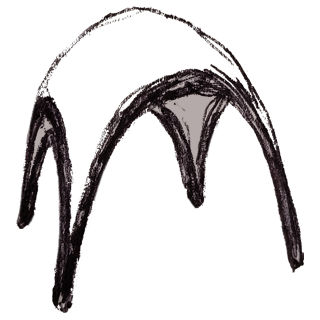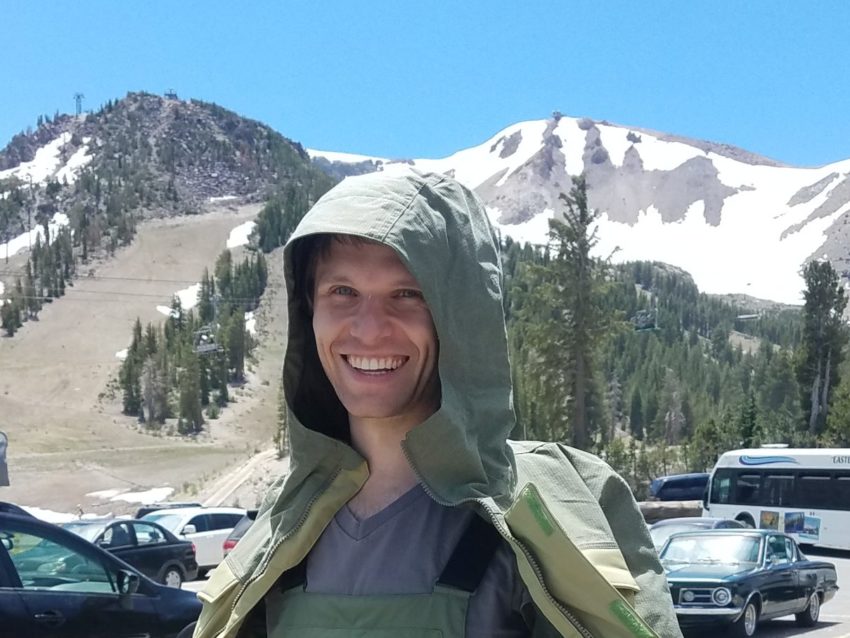Born and raised in Chicago, I have been fascinated by the built environment from a young age. I knew that I wanted to be an architect since before I can remember. Now I am licensed in California, Illinois, and Pennsylvania and committed to make it easy for anyone to build a sustainable home. For more info about my background and professional experience, please check out my LinkedIn profile.
Goals I want to achieve through my work
1. I want to ensure that our society as a whole uses sustainable amounts of energy, water, and resources while also improving bio-diversity.
2. I want to create affordable and sustainable housing for everyone so that we can end homelessness around the world.
Why Travel is Important
When I travel I love to see how different societies have created different approaches to the built environment. For example, during my travels to Japan I noticed an engagement with the natural environment that allows water to flow through and around the man-made environment instead of containing and controlling the water. This can be seen very clearly in the contrast between Japanese landscape design and Korean landscape design of water features in palace compounds.
My latest projects
- Off-Grid Carbon Free Life in a Mountain Cabin
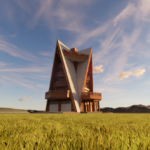
- Protected: Bringing a 1960s Ranch Home Into the New Millennium
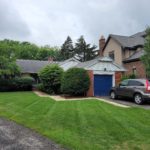
- Protected: Mountain Valley Residence
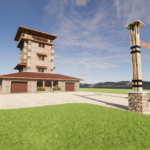
- Protected: Permit Set for Wilmette Single Family Home
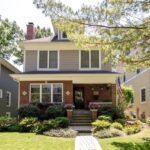
- Protected: Cottage Attic
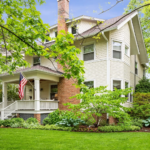
- Eliminate Fossil Fuels With This Happy New All Electric House
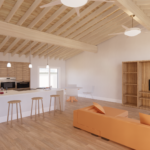
- Arnold & Annie’s All Electric High Efficiency Duplex
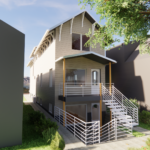
- Envelope Loft (Arch 301)
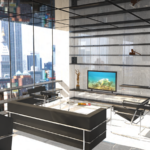
- Pittsburgh Home Renovation
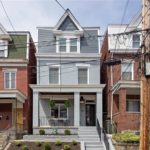
Architects of Large Scale Architecture
Just to add some pretty pictures to this post, because I love architecture, and as a way of visually explaining some of my values, I have compiled a list of some large scale architectural projects that I like, the architects behind them, and the value these buildings and the people behind them have to me. The list below is in alphabetical order of the last name of an architect behind the project because I don’t really have a favorite, they are all really great architecture in different ways.
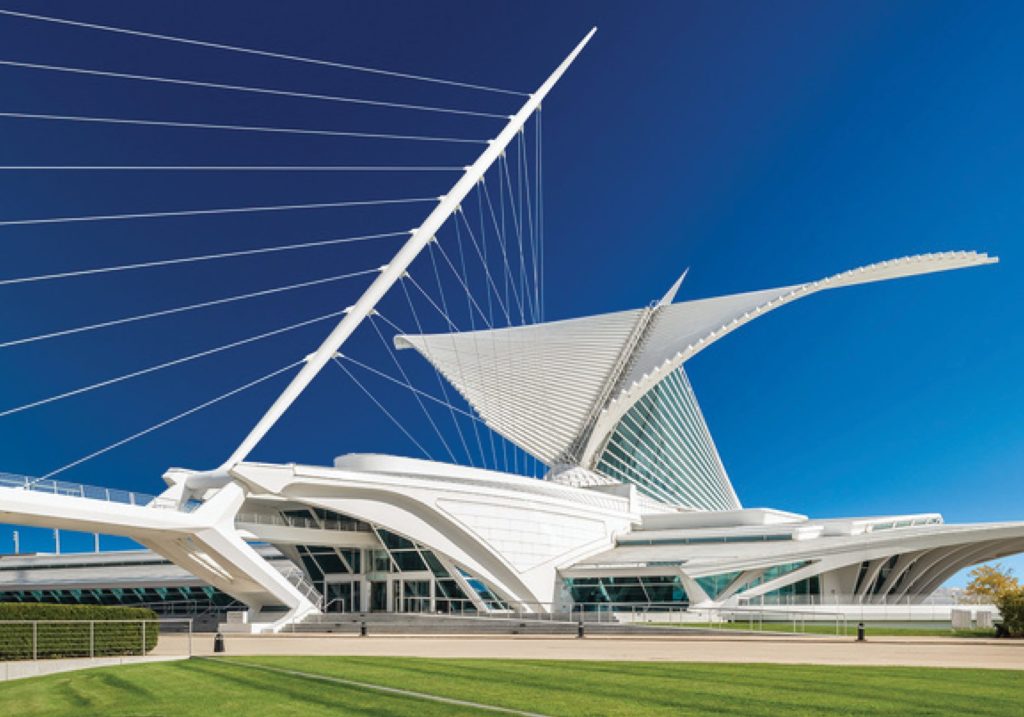
Santiago Calatrava
While I admire the forms of Calatrava it is a shame that so many of his projects are so leaky. Calatrava makes this list not because of his lackluster detailing but because of the beautiful forms that push the boundaries of what is possible such as the Milwaukee Art Museum in Wisconsin.
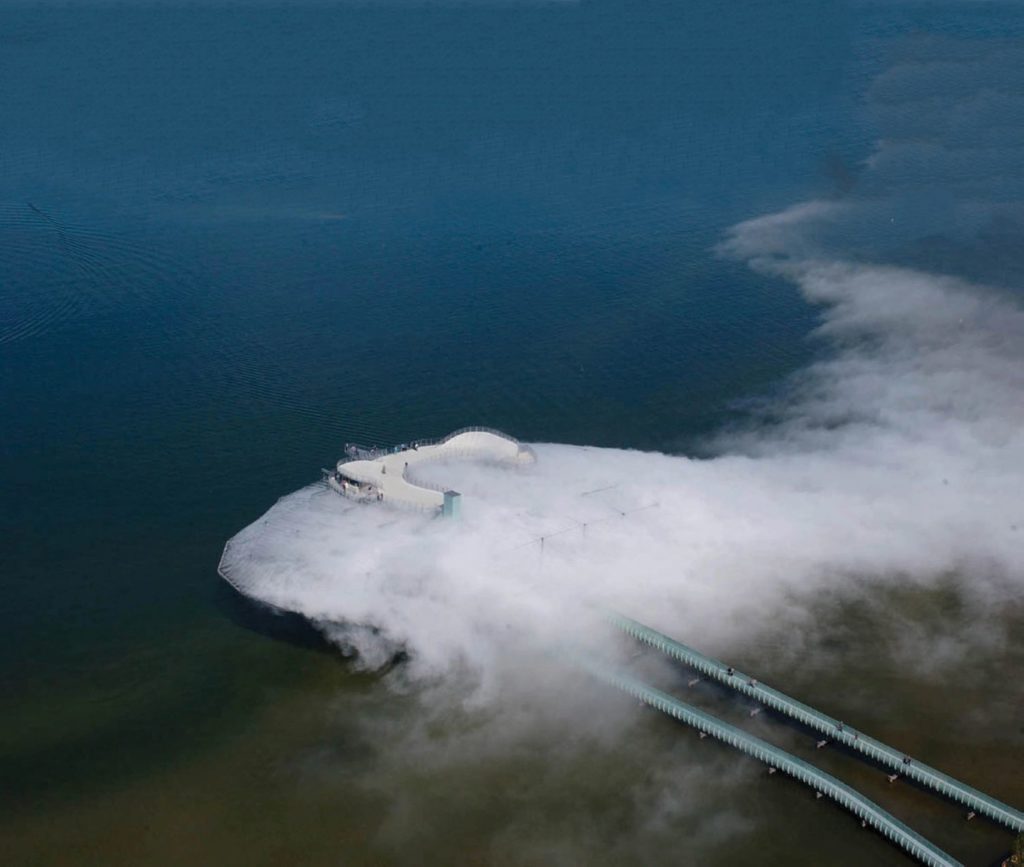
Elizabeth Diller
This building is a fantastic example of experience design. Although I think the environmental impact of this building might be out-sized due to the water pumping requirements BLUR takes experiential design to the max. It would have been perfect if it took advantage of a location that naturally and frequently produced fog and put people right there in it.
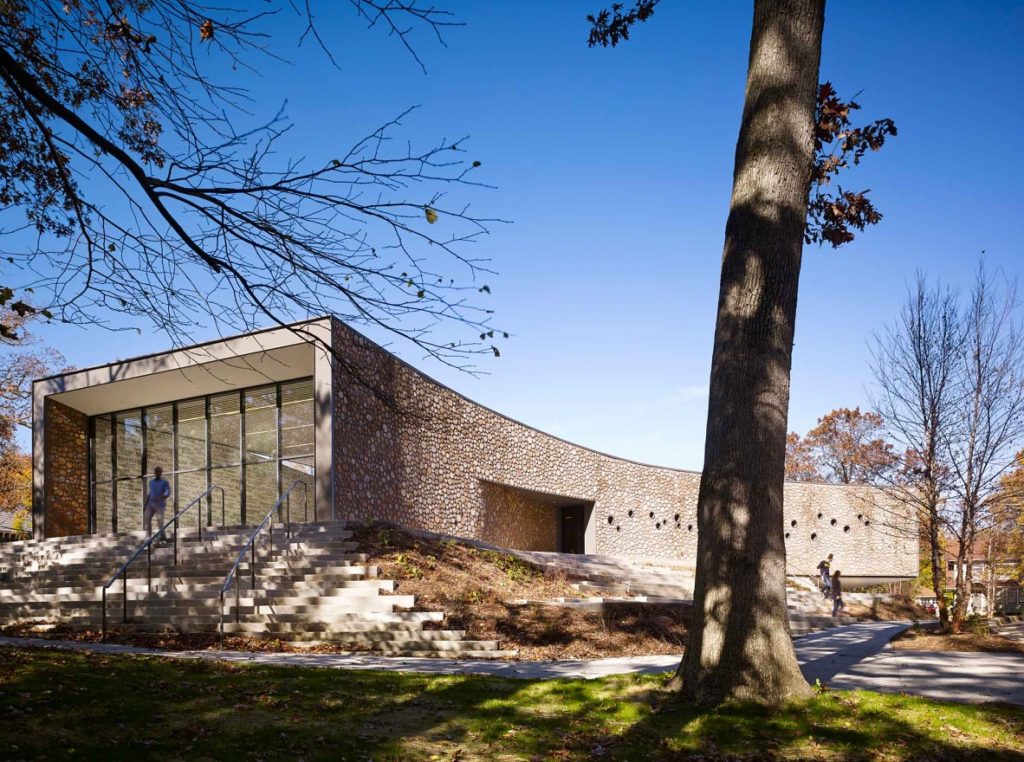
Jeanne Gang
Studio Gang (great name!) has some really cool architecture including the Arcus Center for Social Justice and the WMS Boathouse at Clark Park in Chicago. These buildings are both examples of how beautiful forms and sustainability can go hand in hand with thoughtful architecture.
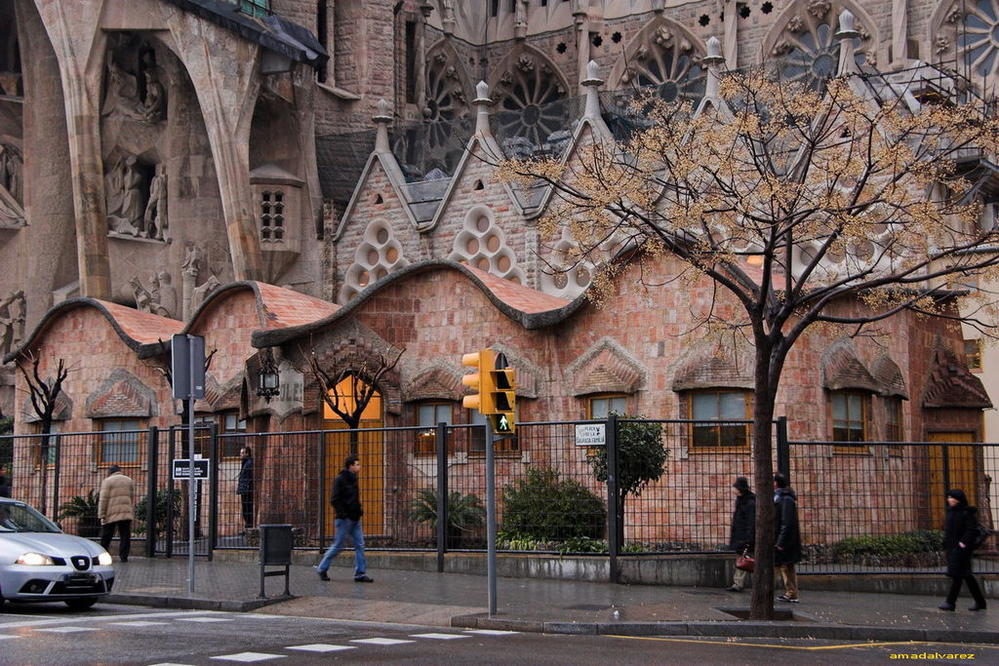
Antoni Gaudi
One of my favorite architects and the structural precursor of Calatrave, Gaudi really integrated natural forms into the built environment to fantastic effect. Here are links to two of my favorite works: La Sagrada Familia, and Parc Guell. The image shown here is actually of the school he built right beside La Sagrada Familia because, of all his works, it is one of my favorites and much lesser known. Now that I live in Barcelona and have visited all of the works mentioned here and more, I can say the pictures don’t lie.
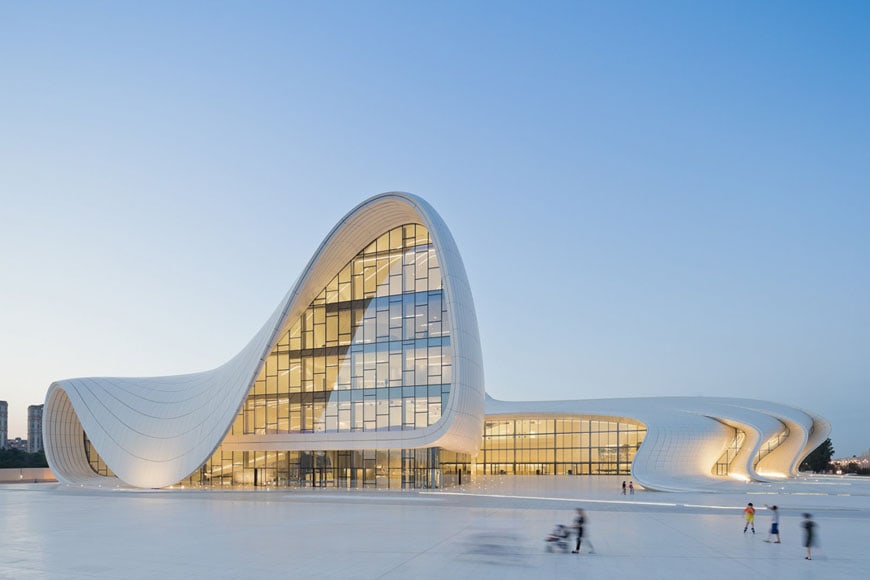
Zaha Hadid
R.I.P. You went too soon. The architectural community will miss you for a long time yet. Zaha Hadid found ways to manufacture organic forms on a massive scale with modern CNC machining and software. Unlike Calatrava above Hadid actually gets the details right as far as I am aware. My visits to her buildings confirm a very high attention to detail while also accomplishing incredible spatial gymnastics. Two of my favorite projects from Zaha Hadid are the Heydar Aliyev Centre which I have not yet visited, and the Dongdaemun Design Plaza in Seoul, South Korea, which I have visited.
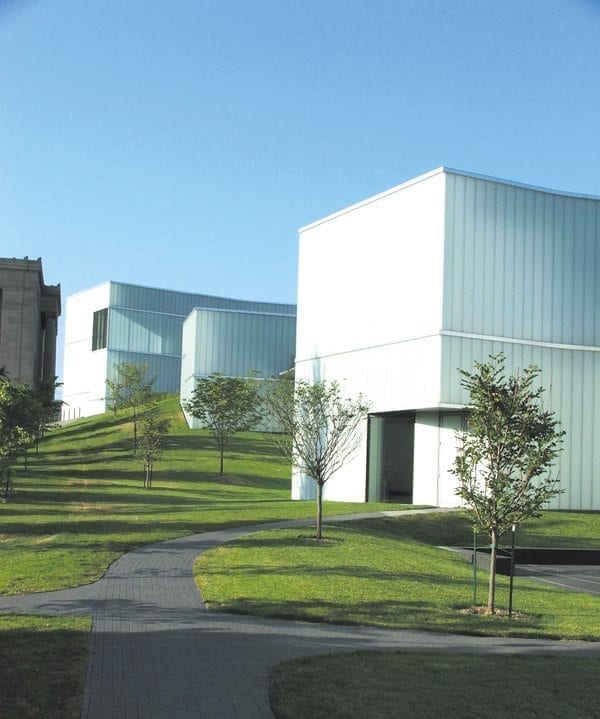
Steven Holl
Using materials in new and unexpected ways is one way to push the boundaries of architecture. The Nelson Atkins Art Museum in Kansas City is an excellent example of reconsidering the possibilities of translucent glass to create bright diffuse and even light for the artwork inside all day long. However, the building does look much better at night… The pictures really don’t do justice to the lighting effect created.
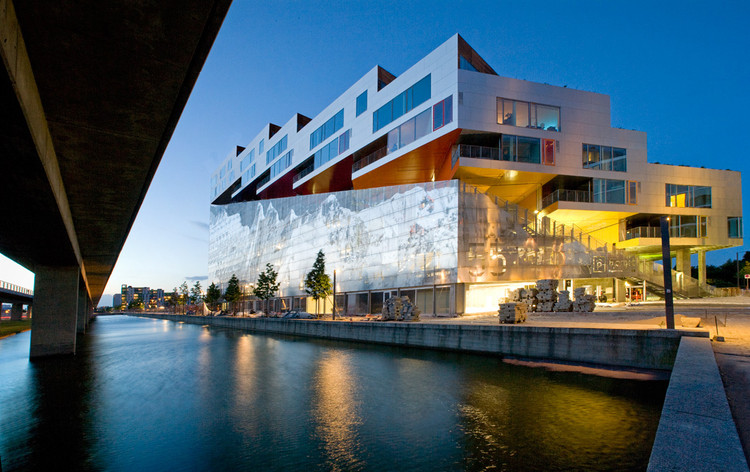
Bjarke Ingels
While their more recent work does not question spatial arrangements in the same ways or have the same power as earlier works, most Bjarke Ingels Group projects really re-examine fundamental spatial arrangements that have gone unquestioned for a long time. Answering those questions in different ways is what leads them to the new and intriguing final forms they often arrive at. My favorite projects from Bjarke Ingels Group are called The Mountain and “8”.
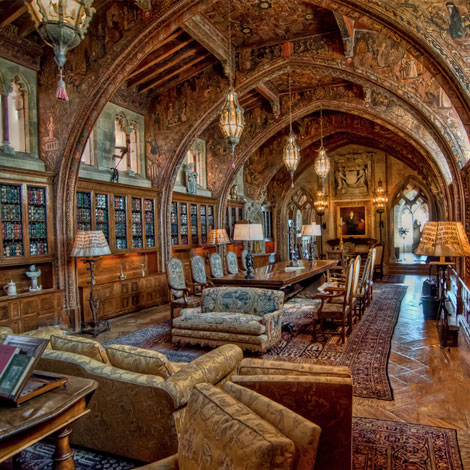
Julia Morgan
The Hearst Castle is a pastiche of European styles and a wonder of craftsmanship to behold. It is amazing that one person could coordinate so many random styles and come up with a way to organize all the activity necessary to make this crazy castle possible while working with such an eccentric patron. The way that Morgan dealt with the client is a demonstration of how important communication and relationships are for successful projects.
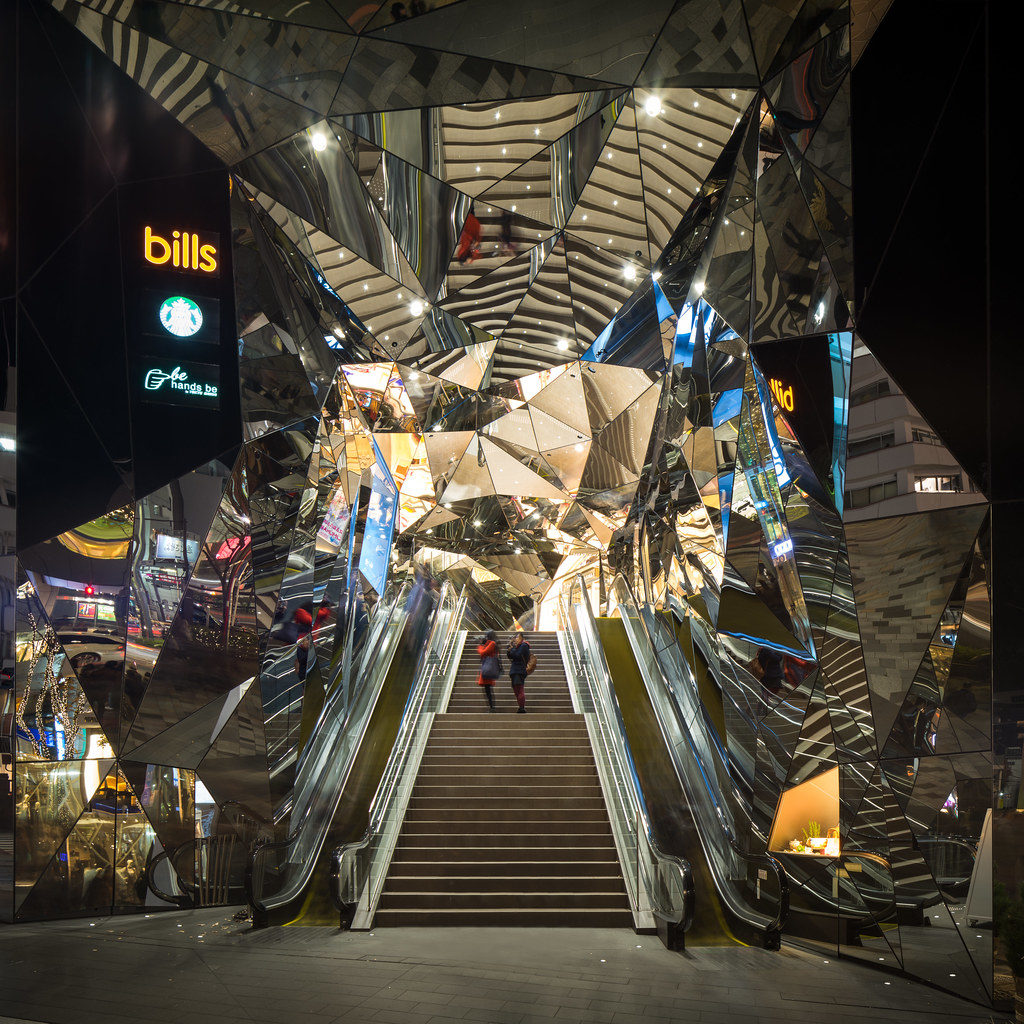
Hiroshi Nakamura
Starting with an epic mirrored entrance the caught my eye at first glance, what surprised me most about this building was the rooftop deck and how the architect deftly drew visitors all the way up to the top floor of the building. Tokyu Plaza is located in Harajuku Tokyo, Japan and is a prime example of how architecture can add value to a building. By drawing visitors to the building up and up and up every store throughout the building enjoys foot traffic at levels normally only seen at the street level.
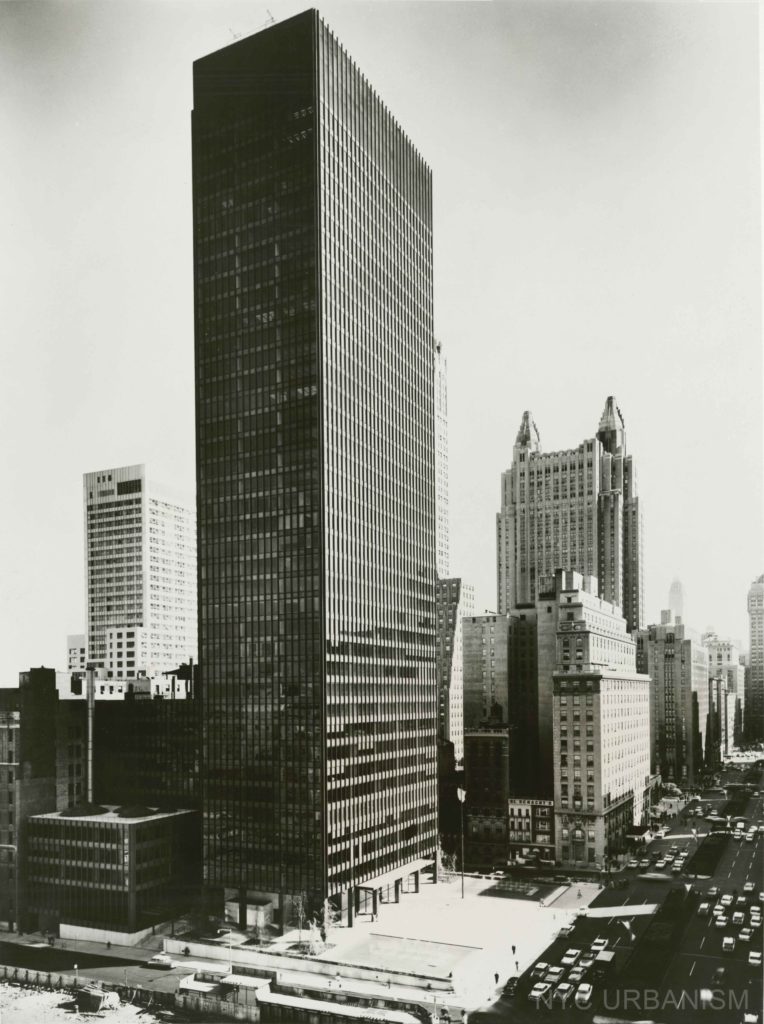
Mies Van de Rohe
Clean lines. Radical design moves. Nothing extra. I really like the Seagram Building although the plaza at its base could use a few more chairs…
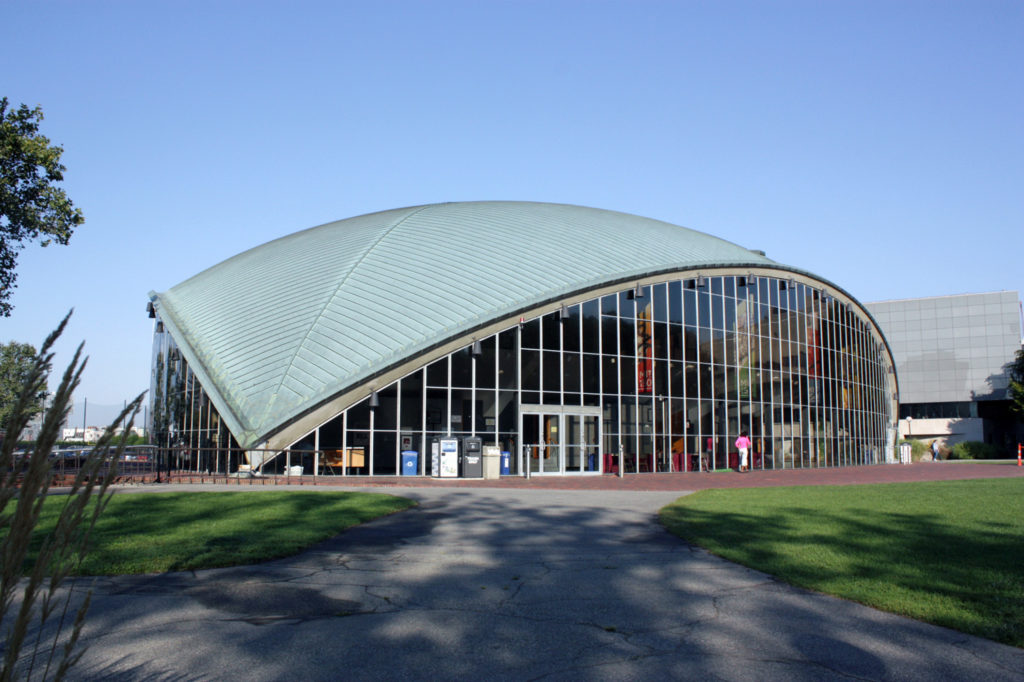
Eero Saarinen
Eero Saarinen really broke some rules and created beautiful structures that opened up the modern architectural world to more curvy forms. My favorite Saarinen project is the Kresge Auditorium at MIT.
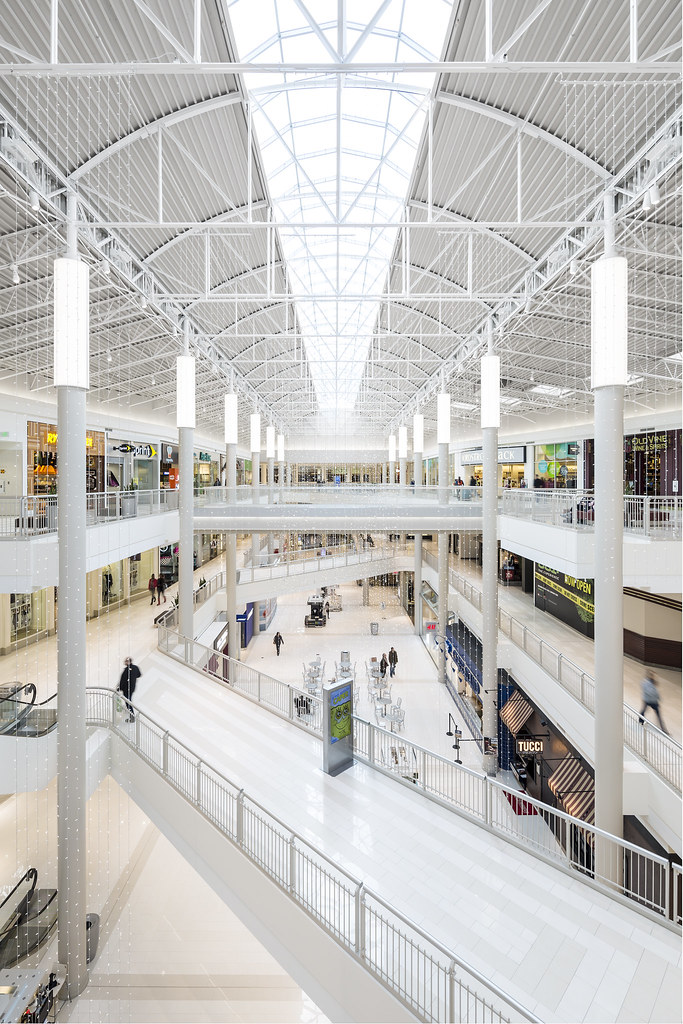
Norma Merrick Sklarek
Mall of America is one of the largest indoor malls in the world and was the first of it’s scale. The layout makes a lot of sense for Minnesota where it frequently gets below zero and gets dark early. By creating experience zones and street-scapes Sklarek created spaces that address fundamental human needs that add value to the stores that populate its avenues.
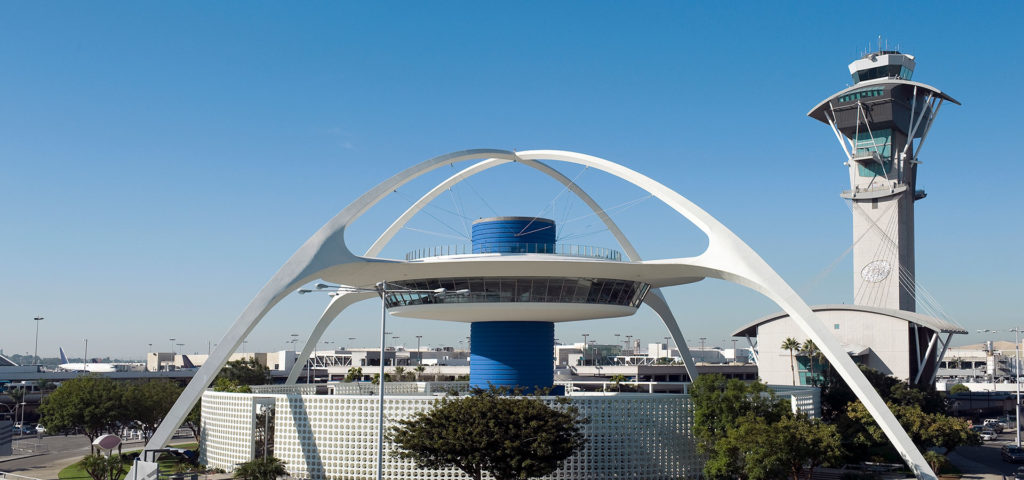
Paul Williams
When I lived in LA I often wondered who designed this cool building when I got back from trips abroad. One day I finally looked it up. Paul Williams is not as well known as he should be. He was behind some incredibly futuristic projects including the Theme Building at LAX shown here. We must never forget that we create the future. Paul Williams is an African-American architect and working in a field at a time when there were very few African-American architects in the U.S. I included this because we must remember that if we do not push the boundaries of what is possible for a more just and equitable society, no one will.
